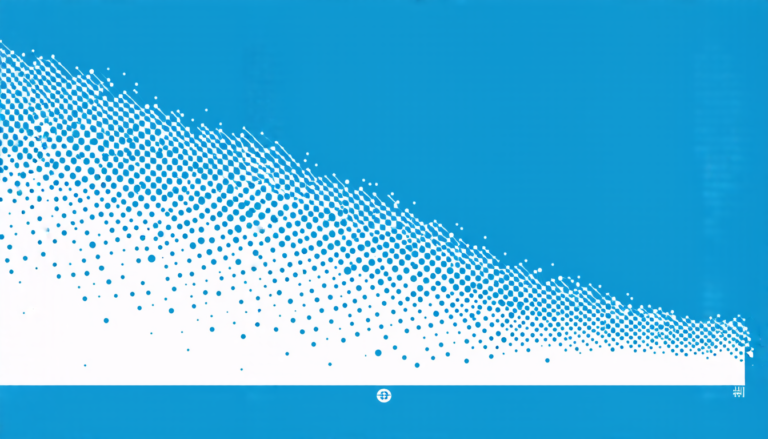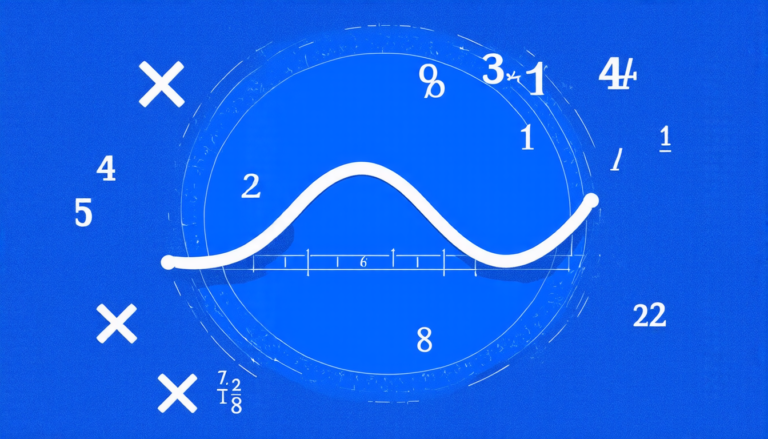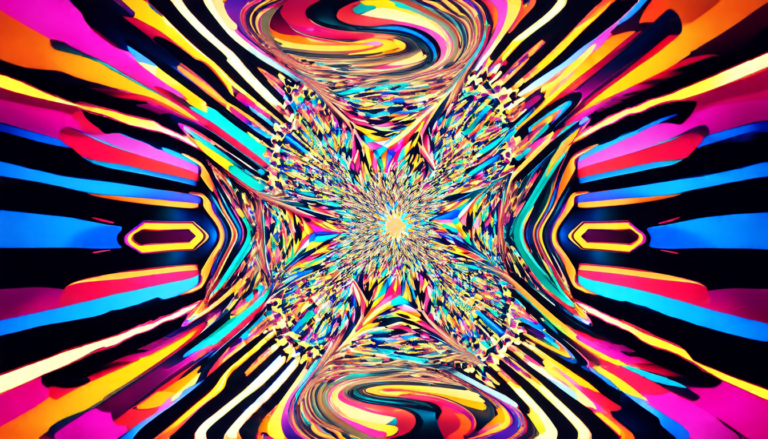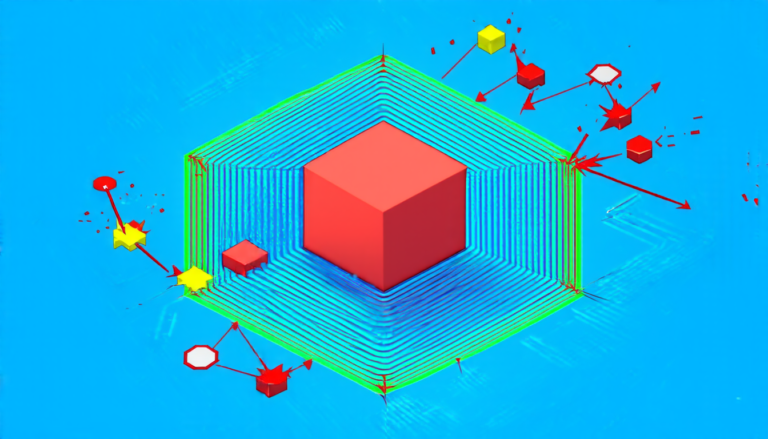Wednesday 16 April 2025
The hunt for a counterexample to Borsuk’s conjecture has been ongoing for decades, with mathematicians scouring the realm of geometry and combinatorics for a proof that would shatter our current understanding of colourability. And now, researchers have made significant headway in their quest, providing evidence that this long-standing problem may be even more challenging to solve than previously thought.
Borsuk’s conjecture, proposed by Polish mathematician Karol Borsuk in the 1930s, posits that any subset of a Boolean cube can be partitioned into at most n+1 parts with diameters smaller than the original set. In other words, if you take a set of points in an n-dimensional space and try to colour them using as few colours as possible such that adjacent points have different colours, the number of colours needed should not exceed n+1.
For low-dimensional spaces, mathematicians have made significant progress in resolving this conjecture. However, as the dimension increases, the problem becomes increasingly complex. In fact, researchers have shown that even for relatively small dimensions, finding a counterexample to Borsuk’s conjecture can be an arduous task.
The latest breakthrough involves a team of mathematicians who have successfully demonstrated the existence of a distance graph with a chromatic number greater than n+1 on the vertices of the Boolean cube in dimension 10. This result is significant because it provides evidence that, even in relatively low dimensions, finding a counterexample to Borsuk’s conjecture may not be possible using current methods.
The researchers employed a combination of mathematical techniques and computer simulations to search for this elusive counterexample. They began by constructing a set of vertices on the Boolean cube in dimension 10, which they then used as input for their algorithm. The algorithm itself is complex, involving a series of nested loops that iteratively add vertices to the set while checking for colourability.
The researchers’ approach was novel in that it relied on the use of parallel computation and advanced algorithms to speed up the search process. This allowed them to explore a vast number of possible configurations, increasing their chances of finding a counterexample.
While this result is not a definitive proof against Borsuk’s conjecture, it does suggest that the problem may be more challenging than previously thought. The researchers’ work has significant implications for our understanding of colourability and its applications in fields such as computer science and engineering.
Cite this article: “Unlocking the Secrets of the Borsuk Conjecture: A Computational Odyssey to Dimension 10”, The Science Archive, 2025.
Boolean Cube, Borsuk’S Conjecture, Colourability, Dimensionality, Graph Theory, Chromatic Number, Distance Graphs, Parallel Computation, Algorithmic Complexity, Combinatorics.







